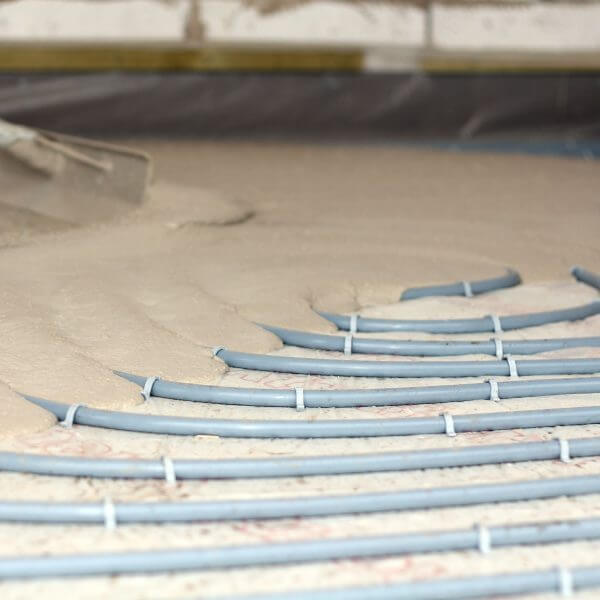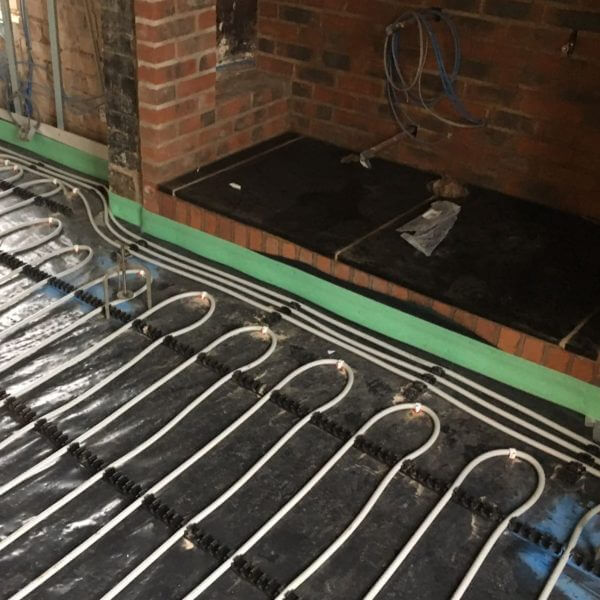What to Remember: Liquid Screed
Need a product which enhances the efficiency of your underfloor heating system? Don’t want to lay your fancy floor finish on an uneven floor? Then you need a liquid floor screed.
Materials
There are many innovative products available on the market today that supersede the traditional sand and cement screeds in many ways. Usually an anhydrite compound based on a calcium sulfate binder, liquid screed is pump applied to create a very smooth, level surface without the need for curing, crack induction and without the labour intensive application method of sand cement screeds.
Most recently, Gyvlon have developed a thermally guaranteed ultra-efficient screed designed for use with underfloor heating that offers up to 30% increase in the thermal value for maximised performance of the underfloor heating system as well as up to 8% savings on heating bills.
Cement based liquid screeds have the advantages associated with cement based products in wet and dry environments and can be used in the interior of buildings for all types of flooring.
Please see our Technical Brochure for more information.
Quality Control Standards
Most liquid screeds can achieve a high-quality finish with less than 5mm deviation over any 2m straight edge to meet British Standards BS8204 at SR2 quality.
The finish material largely defines the quality needed. For ceramics or stone using thin-bed adhesive, a good general quality is sufficient. For thinner materials such as a vinyl less than 2mm thick, an even and blemish-free finish is needed.
Loads
Floor loads and floor traffic need to be established early on so that the strength of the screed required can be built in to the specification. Most liquid floor screeds will reach a 35N strength, ideal for foot traffic and light industrial applications.
Moisture
With liquid floor screeds it is essential to allow enough time in the construction programme to allow enough time for the moisture in the screed to evaporate. It is extremely important to ensure that the moisture is removed from the screed before applying your final floor finish as most adhesives and floor finishes will react to the moisture.
As a rule of thumb, the screed will dry at a rate of 1mm per day up to a depth of 40mm, and 0.5mm per day for anything above 40mm. For example, if your screed is laid at 50mm; it will take approximately 60 days to dry unaided.
Liquid screed can be force dried after just 7 days using portable boilers.
Underfloor Heating
There are numerous benefits of using the product, none more so than when used with underfloor heating. A reduced depth, compared to traditional screeds, minimises heat storage, resulting in a floor that responds rapidly to user requirements. It is quick, efficient and cost effective in most applications.
The ideal depth of liquid screed over wet underfloor heating systems is 50mm. A 500 gauge polythene membrane should be applied on top of the insulation before the pipe is clipped into place. This is to prevent the screed from reacting with the insulation or getting into gaps and lifting the insulation boards up.
Early commissioning of your underfloor heating is recommended to help force dry the screed from 7 days after installation.




Where To Find Us